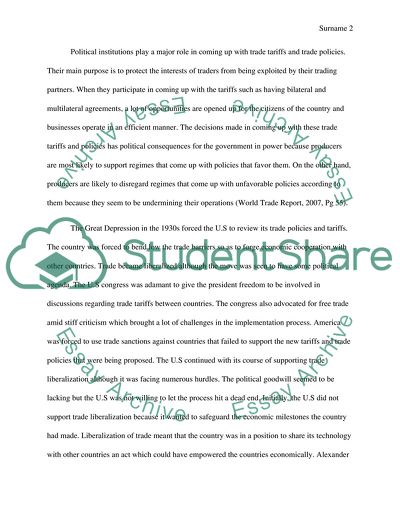Cite this document
(“Political Economy Essay Example | Topics and Well Written Essays - 1250 words”, n.d.)
Political Economy Essay Example | Topics and Well Written Essays - 1250 words. Retrieved from https://studentshare.org/social-science/1666746-political-economy
Political Economy Essay Example | Topics and Well Written Essays - 1250 words. Retrieved from https://studentshare.org/social-science/1666746-political-economy
(Political Economy Essay Example | Topics and Well Written Essays - 1250 Words)
Political Economy Essay Example | Topics and Well Written Essays - 1250 Words. https://studentshare.org/social-science/1666746-political-economy.
Political Economy Essay Example | Topics and Well Written Essays - 1250 Words. https://studentshare.org/social-science/1666746-political-economy.
“Political Economy Essay Example | Topics and Well Written Essays - 1250 Words”, n.d. https://studentshare.org/social-science/1666746-political-economy.


